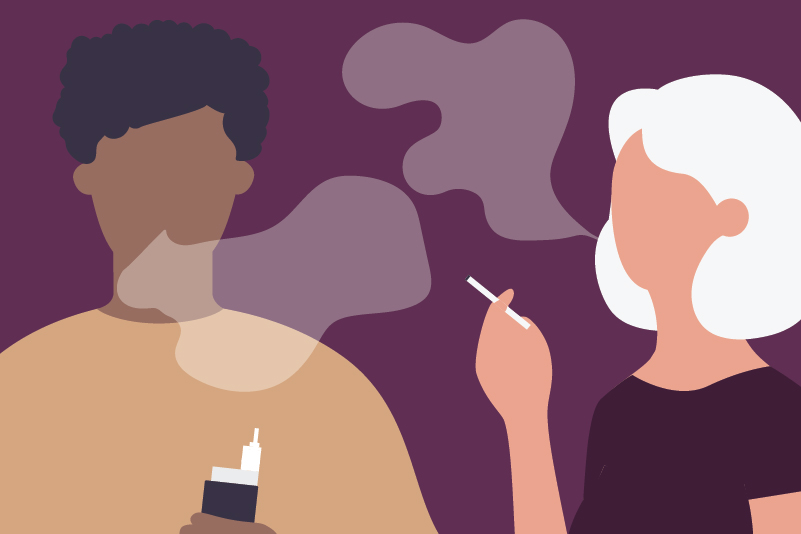#203 Got Depression? I can answer that in two questions!

Reading Tools for Practice Article can earn you MainPro+ Credits
Join NowAlready a CFPCLearn Member? Log in
- “During the past month have you often been bothered by:
- Feeling down, depressed or hopeless?
- Having little interest or pleasure in doing things?”
- Sensitivity: 96-97% (if no to both questions, depression ruled out ~96% of time).
- Specificity: 57-78% (if yes to ≥1 question, patients are depressed ~70% of time).
- Since the 2-question screen is better at ruling-out than ruling-in depression, when a patient answers “yes” to ≥1 question, more formal evaluation (example Patient Health Questionnaire (PHQ)-9 or Geriatric Depression Scale) is needed to diagnose depression.
- Example: In adults, PHQ-9 score ³10 has a sensitivity and specificity of 88%:8,9
- PHQ-9: Range of scores 0-27, higher worse.
- Example: In adults, PHQ-9 score ³10 has a sensitivity and specificity of 88%:8,9
- Adding “Is this something with which you would like help?”2 or frequency of symptoms to the 2-question screen (example PHQ-2) may improve depression diagnosis.5,10,11
- Asking only 1-question not as accurate in identifying depression.4
- Guidelines differ on depression screening recommendations from screening all adults12 to not screening at all,13 to only those with a history of depression, chronic health problems, or post-partum women.14
- Effectiveness of screening depends on disease prevalence and impacts opportunity cost.
- People with chronic illnesses,15 substance abuse history, First Nations descent, and post-partum women have higher depression rates.14














